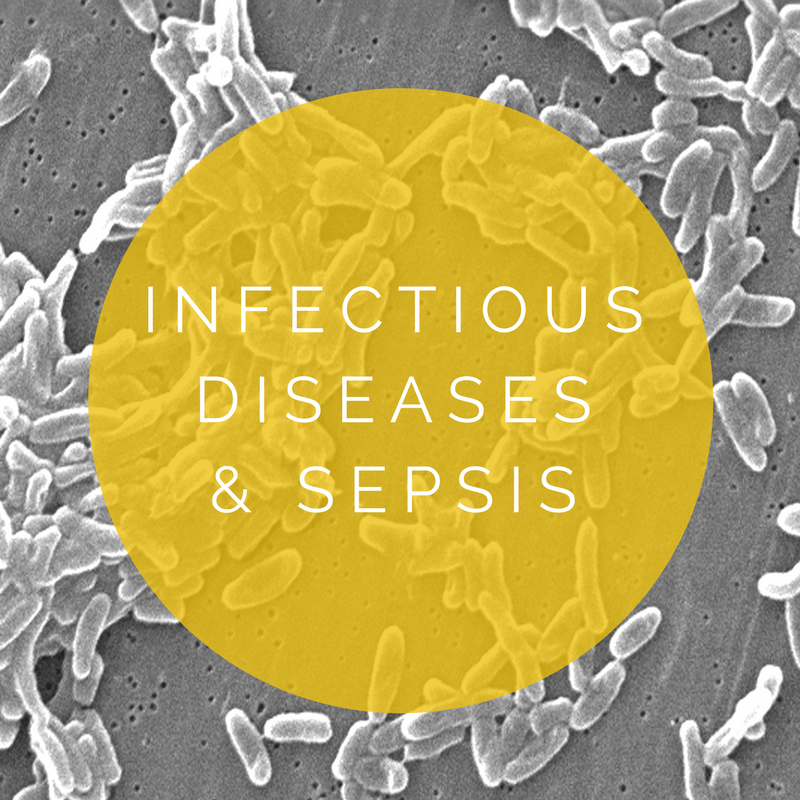Vulnerable Patients
Aims For The Week
Assess capacity & become familiar with the management of those that lack it
Recognise and manage child abuse
Recognise and manage elder abuse
Correctly apply the Adults with Incapacity Act and discuss its legal limitations
Discuss your obligations as outlined in the Adult Support and Protection Act
Recognise and manage patients that are vulnerable and at risk of harm
Screen for domestic violence and give appropriate advice to these patients
Correctly refer patients following sexual assault
Recognise human trafficking
Identify patients at risk of female genital mutilation and refer appropriately
Capacity & Vulnerability
Capacity and vulnerability are intimately related. Any patient who lacks capacity relies, consensually or not, on others to provide care, make decisions, and protect them from harm. They are particularly vulnerable if they have no one to do this, if those proxy decision makers betray their trust, or if aspects of their life are taken over that they still have the capacity to manage.
As doctors we need to know how to assess patients’ capacity and know what we can do legally and ethically if they are found to lack it. To that end take a look this summary of the Adults With Incapacity Act.
Vulnerable adults are further protected by the Adult Support and Protection Act. We have a legal duty to report adults that are at risk of harm to social work and/or the police.
Familiarise yourself with the act and the AP1 form that it requires you to complete. Many of those qualifying as at risk adults are elderly patients that have already been harmed while in the care of family members or institutions .
We have created a resource that aims to help you recognise elderly patients that have been mistreated.
Domestic Violence
We likely detect far fewer cases of domestic violence than actually come through our doors. This is partly because many victims do not wish to disclose the problem and thus become indistinguishable from all the other injuries we see. However, we could be more proactive in asking about domestic violence. This resource outlines an approach you can use and gives advice on what to do when it is identified. This government webpage has some useful contact numbers.
Sexual Assault
Victims of sexual assault also present to ED, and if we know how to manage these patients we can, at the least, not add to their distress. Read up about how to manage these cases.
Children
Children, in general, are more vulnerable than adults. We are probably more aware of the need to spot mistreatment of children than we are of adults, but it is also easy to overlook concerning features, especially when we are busy. We must be vigilant in looking for the signs of non-accidental injury and other forms of child abuse, so make sure you can spot it and take the correct action.





















